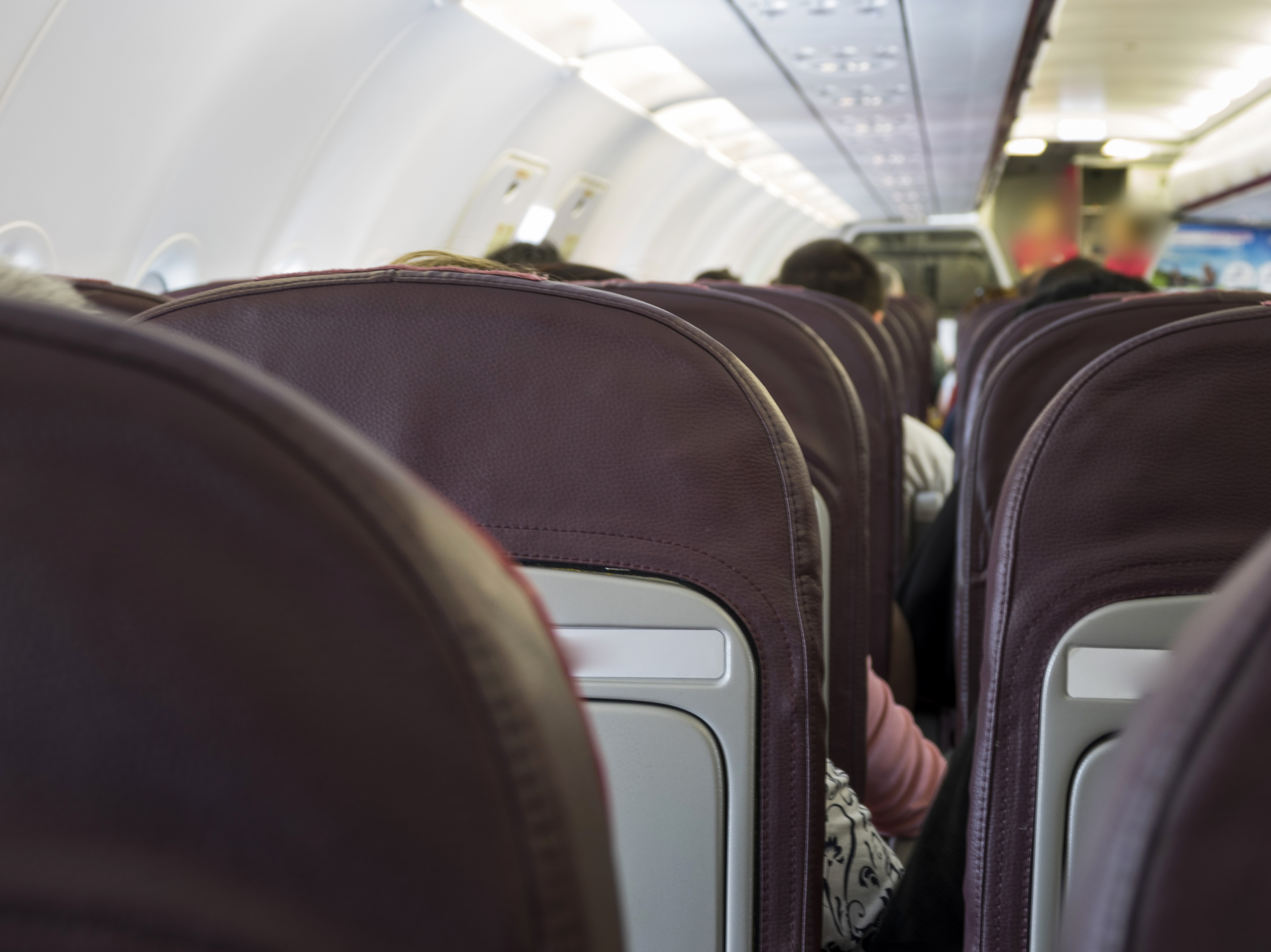Have you ever paused during a flight and marveled at the mysteries hidden within this incredible flying machine? Have you wondered how such a large and heavy artifact defies gravity and moves at astonishing speeds, transporting tons of cargo and passengers through the sky?
In this blog, we invite you to embark on a fascinating journey through the world of aviation, where we will reveal some curiosities about airplanes that will surely leave you speechless. We will explore from the fascinating history and meticulous design of these technological wonders to the most surprising and lesser-known details about these giants of the air. We are confident that you will discover at least one fact that will leave you in awe. So fasten your seatbelt and join us on this exciting flight full of amazing discoveries!
Have you ever noticed some yellow elements protruding above the wings of airplanes?
At first glance, they may seem small and unimportant, but they actually play a crucial role. These yellow hooks, located on the wings of airplanes, have vital utility during emergency situations, especially during ground or water evacuations. Known as “emergency anchoring points,” these hooks provide a secure attachment point for the crew and passengers as they descend down the inflatable ramps or slides during an evacuation.
Their bright yellow color is designed to stand out in emergency situations, contrasting with the predominantly white or silver color of the aircraft. Furthermore, their shape and design facilitate their grip even in stressful conditions or low visibility. These hooks are an essential part of safety protocols, ensuring a quick and efficient evacuation of passengers if necessary.

What happens if an airplane in flight is struck by lightning?
Although it may cause concern, modern airplanes are designed to withstand and protect themselves from such impacts in the air. In fact, on average, a commercial airplane is struck by lightning approximately every 1000 flight hours. When an airplane is struck by lightning, it usually follows this process:
- The lightning current disperses along the metallic structure of the airplane, acting as a Faraday cage. This cage protects both the interior of the airplane and its occupants, allowing the electric current to flow through the exterior of the structure without affecting the interior.
- The electronic and electrical systems of the airplane are designed and protected to withstand the effects of lightning, which does not compromise the pilots’ ability to control and operate the aircraft safely.
- After a lightning strike, a thorough inspection is conducted upon landing to ensure that all systems are operational. If any damage is detected, necessary repairs are made before the aircraft returns to service.
In summary, although the impact of lightning in flight may be unsettling, airplanes are meticulously designed to handle such situations safely.

Why is there a small hole at the bottom of airplane windows?
Surely you have noticed this detail, but did you know what it is for? The little hole in airplane windows, also known as a “breathing hole” or “compensation hole,” is a deliberate design feature that serves several important functions for the safety and comfort of passengers:
- Pressure balance: The main function of the hole in the window is to maintain a pressure balance between the different layers of the window. Airplane windows are composed of multiple layers of acrylic, and the hole is located in the middle layer.
- Prevention of fogging: This hole helps prevent windows from fogging up by allowing air to circulate between the layers and avoiding the accumulation of moisture and condensation on the window surfaces. This ensures a clear view of the exterior during the flight.
- Moisture release: By allowing air to flow between the layers of the windows, the hole also helps release accumulated moisture. This prevents ice formation on the windows at high altitudes, where exterior temperatures can be extremely low.

The fuel in airplanes is primarily stored in tanks located within the wings.
This arrangement has several advantages:
- Weight balance: Storing fuel in the wings ensures an even distribution of weight along the aircraft, contributing to maintaining its stability and balance during flight.
- Structural resistance: Wings are designed to withstand considerable loads and are a structurally robust part of the aircraft, making them a safe place to house large volumes of fuel.
- Space optimization: Placing fuel tanks in the wings frees up space in the fuselage for passengers, cargo, and other aircraft systems, resulting in more efficient use of available space.

These details showcase the meticulous planning and ingenuity behind the design of modern aircraft, as well as the attention to both practical and safety aspects that are fundamental to the aviation industry. So the next time you find yourself on board an airplane, perhaps you will observe these elements with a new appreciation and understanding of their importance in the wonderful world of aviation. Fly with knowledge and admiration!
